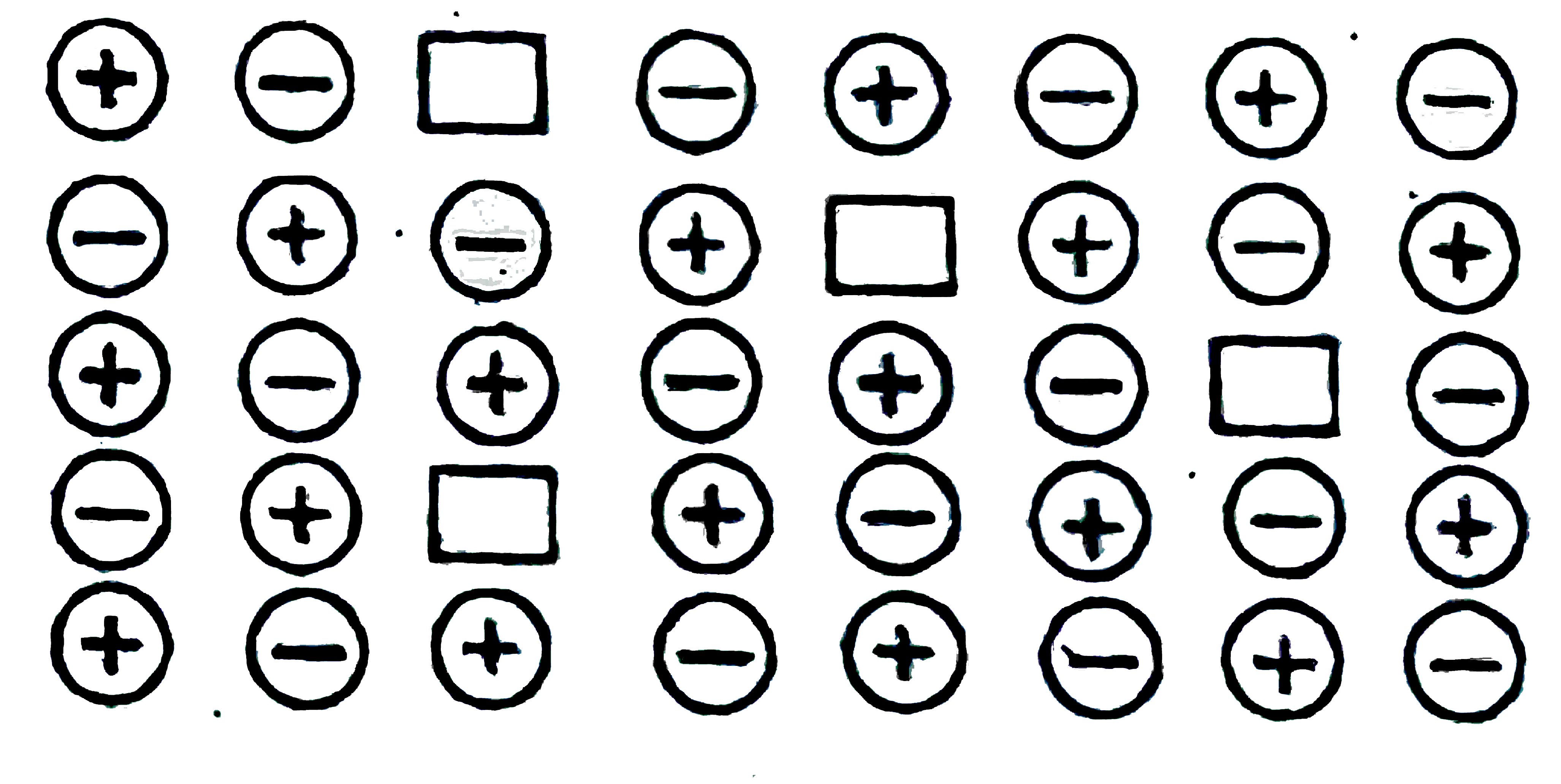Complete Solutions to Solved Examples of chapter SOLID STATE of Class 11 book with complete answers and questions
| Class 11 | CHEMISTRY |
| Chapter | SOLID STATE |
| RESONANCE NEW | Solved Examples |
| Number Of Questions | 21 |
| Academic Year | 2023-24 |
Identfity molecular solide, covalent solid, ionic solid: `P_(4)(s), S_(8)(s), SiC (s), Al_(2)O_(3)(s), He(s), Al_(2)Cl_(6)(s)`.
View SolutionThe lattice parameters of a given crystal are `a = 5.62 Å , b = 7.41 Å and c= 9.48Å`. The three cordinate axes are mutually perpendicular to each other. The crystal is:
View SolutionTetragonal crystal system has the following unit cell dimensions.
View SolutionIn a face centred cubic arrangement of A and B atoms. A are present at the corners of the unit cell and B are present at the face centres. If on atom of A is missing from its position at the corner, what is the formula of the compound ?
View SolutionA compound has cubical unit cell in which X atom are present at 6 corner, Y atom are at remaining corner & only at those face centres which are not opposite to each other & Z atoms are present at remaining face centre & body centre then find.
(i) Formula of compound (ii) Density if edge length `= 2 Å`
Given: Atomic mass of X = 40 amu, Y = 60 amu, Z = 80 amu
View SolutionHow many ‘nearest’ and ‘next nearest’ neighbours respectively does potassium have in s.c. lattice :
View SolutionIf a metal has a bcc crystal structure, the coordination number is 8 because:
View SolutionPotassium crystallizes in body centered cubic lattice with a unit cell length `a = 5.2 Å`
(A) what is the distance betweenn nearest neighbourss?
(B) What is the distance between next nearest neighbour ?
(C) How many nearest neighbours does each K atom have ?
(D) How many next nearest neighbours does each K has ?
(E) What is calculated density of crystalline K
View SolutionA metal crystallises into two cubic phases , face centred cubic (fcc) and body centred cubic (bcc) , whose unit cell lengths are 3.5 Å and 3.0 Å , respectively. The ratio of densities of fcc and bcc is
View SolutionIn a ccp structure, the:
View SolutionLithium borohydride crystallizes in an orthormobic system with 4 molecules per unit cell. The unit cell dimensions are `a =6.8 Å, b =4.4 Å` and `c= 7.2 Å`. If the molar mass is 21.76, then the density of crystals is:
View SolutionAn fcc lattice has a lattice parameter `a = 400` pm. Calculater the molar volume of the lattice including all the empty space.
View SolutionIn a face centred cubic arrangement of metallic atoms, what is the relative ratio of the sizes of tetrahedral and octahedral voids ?
View SolutionThe numbers of tetrahedral and octahedral holes in a ccp array of 100 atoms are respectively
View SolutionCopper has a face`-` centred cubic structure with a unit`-` cell edge length of `3.61Å`. What is the size of the largest atom which could fit into the intersectices of the copper lattice without distorting if ?

View SolutionA mineral having the formula `AB_(2)` crystallizes in c.c.p. lattice, with A atoms occupying the lattice points. The coordination number of A is 8 and that of B is 4. What percentage of the tetrahedral sites is occupied by B atoms?
View Solution`CsBr` has bcc stucture with edge length `4.3` A .The shortest interionic distance in between Cs and Br is
View SolutionWhich of the following is incorrect

View SolutionFerrous oxide (FeO) is experimentally found to have the formul `Fe_(0.93)O`. Find the %age of Fe ions in `+3` state

View SolutionWhat is a semiconductor? Describe the two main types of semiconductors and contrast their conduction mechanism.
View SolutionExample the following with suitable examples:
a. Ferromagnetism b. Paramagnetism
c. Ferrimagnetism d. Antiferromagnetism
e. 12 - 46 and 13 - 15 group compounds
View Solution
Solved Examples questions and complete solutions for chapter SOLID STATE of RESONANCE ENGLISH of Class 11
All Exercises from RESONANCE NEW Class 11 CHEMISTRY SOLID STATE
- APSP
- Exercise -1
- Exercise -2 (Part-I)
- Exercise -2 (Part-II Single correct double value integer type)
- Exercise -2 (Part-III)
- Exercise -2 (Part-IV Comprehension)
- Exercise -3 (JEE -MAIN)
- Exercise -3 (Part-I)
- Exercise -3 (Part-II)
- Miscellaneous solved problems
- Part- IV
- Part-II : Only one option correct type
- Part-II National standard examination in chemistry
- Part-III (One or more than one option correct type)
- Part-III (Single and double value integer type)
- Part-III HLP
- Solved Examples